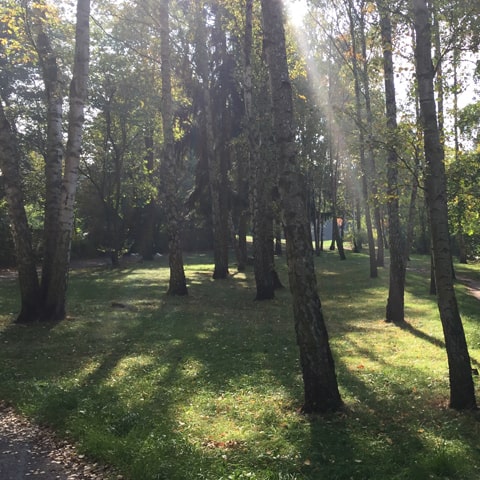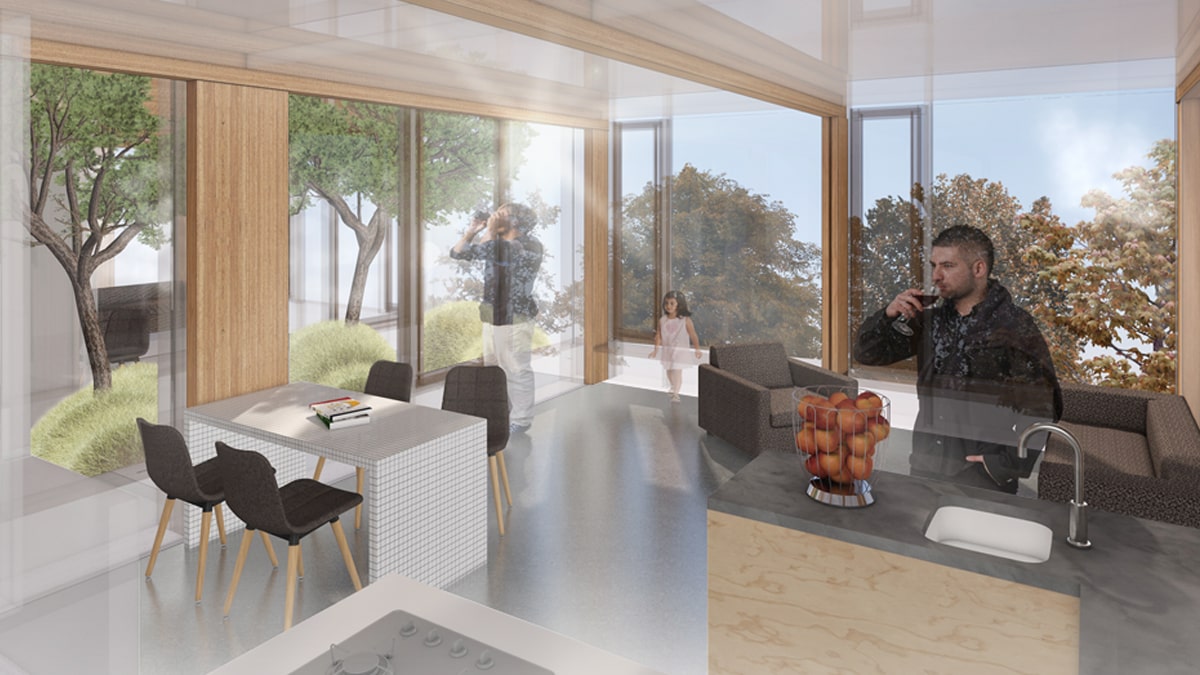Various forecasts see the current need for new buildings in Germany to be around 300,000 apartments per year (BBSR – Federal Institute for Building, Urban and Spatial Research, 2018).
On average, 230,000 new apartments would have to be built each year by 2030 to meet the demand. However, the potential that lies in the renovation and expansion of existing residential buildings is still not being fully exploited.
Our concept for a housing development in the south of Berlin, which was created in the 1960s, extends the existing structure by 25% by the addition of two new floors. This would primarily result in additional living space; however, the benefits go far beyond that: The quality of life for the long-term residents of the development would also improve significantly.
Germany has so far been one of the pioneers in the energy transition and the shift away from fossil fuels in Europe and worldwide. There are numerous key technologies that have either been developed in Germany or at least significantly advanced here. Research and politics have initiated promising developments for many years and set ambitious goals for the way into a post-fossil fuel society.
Considering the energy transition envisaged and the pleasing reversal of population development, the potential that lies in the renewal and addition of existing buildings must finally be made use of.
In cities and metropolitan areas, we must seize the opportunity to transform existing buildings within the network of existing infrastructure in such a way that they meet future social and society requirements. And all that without making any compromises regarding quality. Our design for a residential area in Berlin is an example of how this can be done.
Acceptance by future users plays a major role in the success of such a project. It is therefore important to integrate the long-term residents in good time and carefully into the transformation of their residential area and communicate to them that the quality of living for them will increase significantly. On the one hand, the existing apartments are made accessible with intelligent access, they are so to say, barrier-free. An integrated energy concept also significantly improves the spatial quality and the attractiveness of the facades compared to the previous appearance. The entire living environment will improve: New infrastructures in the district that complement the park-like surroundings offer additional benefits for all generations and life situations and strengthen neighbor networking. This could create an attractive neighborhood worth living in with a completely new look.

